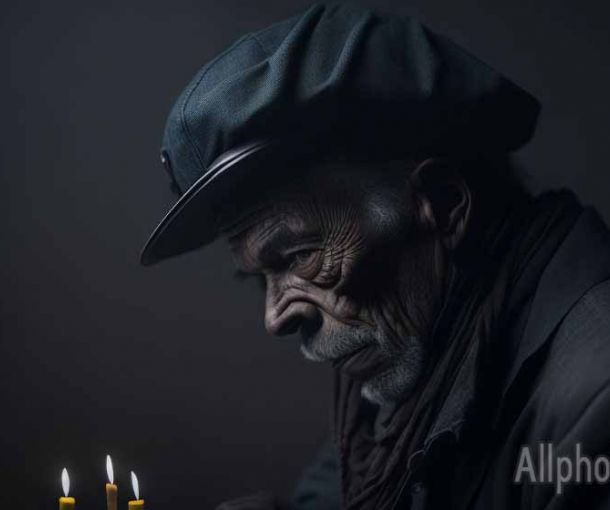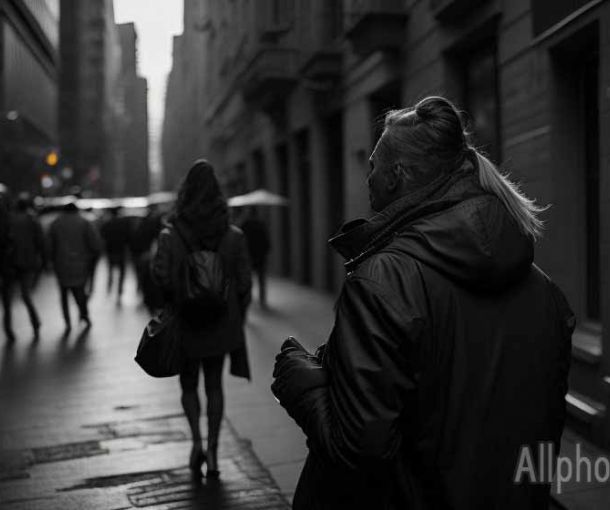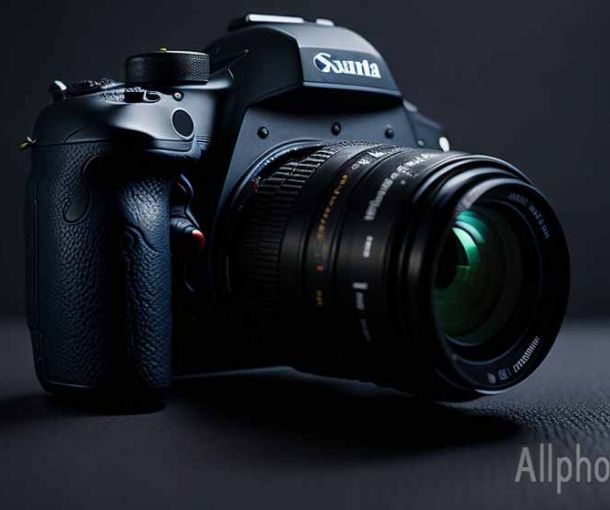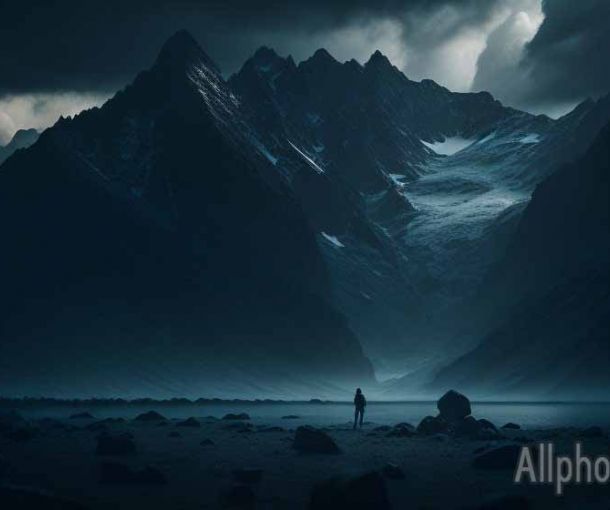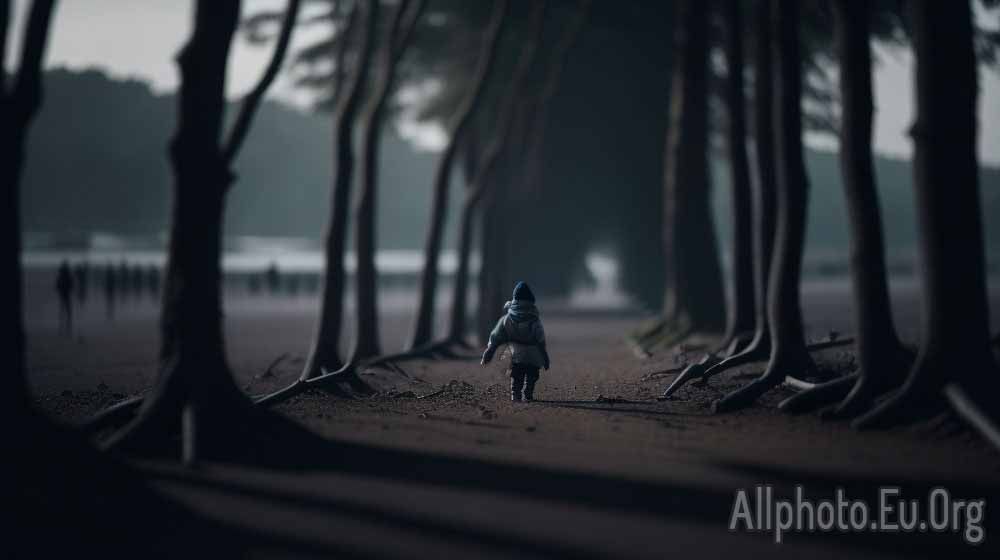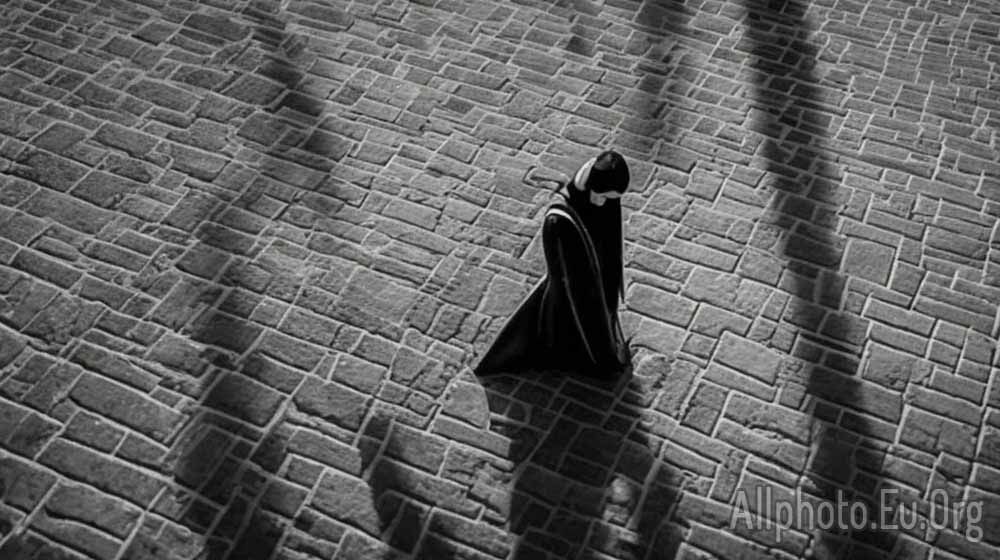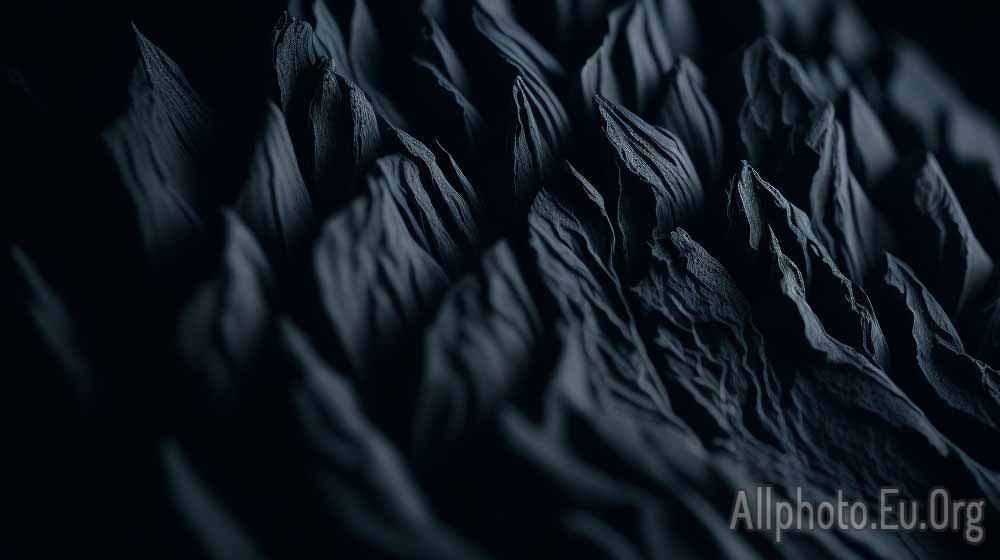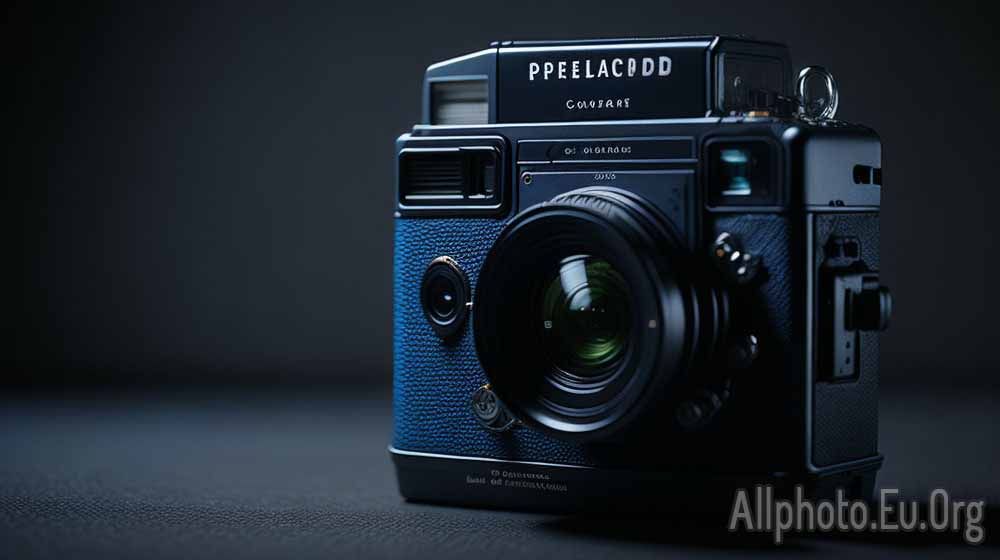The Art of Reflection Photography: Capturing Mirrored Images
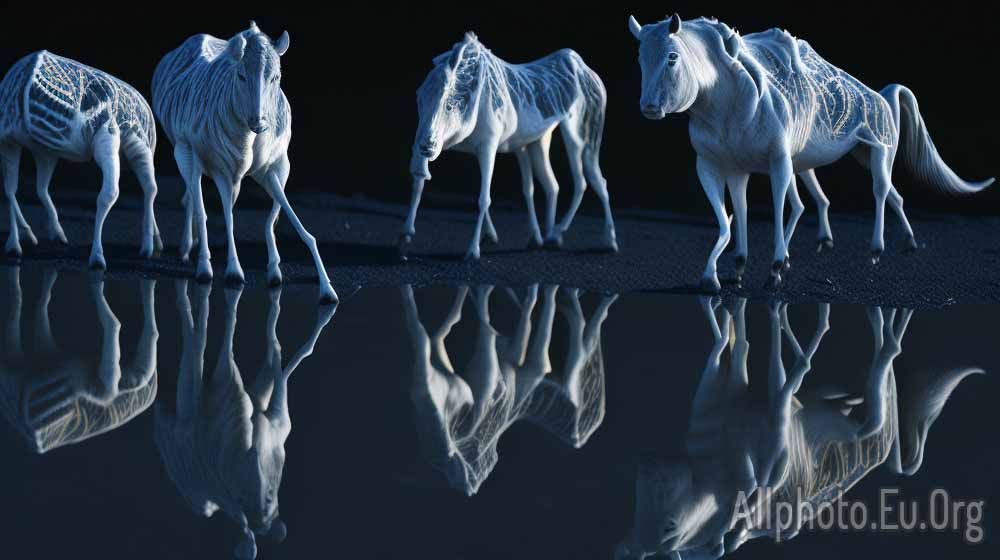
Reflection photography is a unique form of art that involves capturing mirrored images of subjects through reflective surfaces. It is a popular photography technique used by many photographers to create eye-catching and intriguing images.
Reflection photography can be used in various settings, from landscapes and cityscapes to portraits and still life. It is an art form that allows photographers to capture the beauty of the world in a unique and creative way. In this article, we will discuss the art of reflection photography and how to capture stunning mirrored images.
Understanding Reflection Photography
Reflection photography involves capturing a subject through a reflective surface, such as water, glass, or a mirror. The reflective surface creates a mirror-like image of the subject, giving it a surreal and dreamy effect. Reflection photography can be used to capture both still and moving subjects, adding depth and dimension to the image.
One of the essential elements of reflection photography is finding the right reflective surface. Water is an excellent reflective surface that is commonly used in reflection photography. Still water, such as a lake or pond, can produce a clear and crisp reflection. However, moving water, such as a river or ocean, can create a distorted reflection, which can be used to create abstract and unique images.
Glass and mirrors are also popular reflective surfaces used in reflection photography. They can be used to create reflections of both still and moving subjects. Reflections captured through glass or mirrors can produce a distorted effect, which can be used to create an abstract and unique image.
Tips for Capturing Stunning Mirrored Images
Capturing stunning mirrored images through reflection photography requires some skill and technique. Here are some tips to help you capture beautiful and creative images:
- Find the right reflective surface: As mentioned earlier, finding the right reflective surface is crucial in reflection photography. Water, glass, and mirrors are popular reflective surfaces used by photographers. Choose the surface that works best for your subject and the effect you want to create.
- Use a polarizing filter: A polarizing filter can help reduce glare and reflections on the surface, making the image more clear and vibrant. It can also help darken the sky and enhance the colors in the image.
- Play with angles: Experiment with different angles and perspectives to capture unique and creative reflections. Try shooting from a low angle to capture the reflection of the subject in the water or from a high angle to capture the reflection through a glass window.
- Control the light: The lighting is crucial in reflection photography. Shoot during the golden hours, which are the hours before sunrise and after sunset, to capture soft and warm lighting. Use a diffuser to soften the light if shooting during the midday when the light is harsh.
- Add motion: Reflection photography can be used to capture both still and moving subjects. Try capturing moving subjects, such as birds or boats, to create dynamic and exciting images.
- Edit the image: Post-processing is an essential part of reflection photography. Use editing tools to enhance the colors and contrast, adjust the brightness and saturation, and remove any unwanted elements in the image.
Conclusion
Reflection photography is a unique and creative art form that allows photographers to capture stunning mirrored images of subjects through reflective surfaces. It requires some skill and technique, but with practice and experimentation, you can capture beautiful and creative images.
To capture stunning mirrored images through reflection photography, find the right reflective surface, use a polarizing filter, experiment with angles and perspectives, control the light, add motion, and edit the image. With these tips, you can create eye-catching and intriguing images that will captivate your viewers.
Additionally, it's important to keep in mind that reflection photography can be used in various settings, from landscapes and cityscapes to portraits and still life. It's a versatile art form that can be used to create different moods and styles.
In landscape photography, reflection photography can be used to capture stunning mirrored images of natural scenery, such as mountains, trees, and clouds, reflected in the water. In urban photography, reflection photography can be used to capture the reflections of skyscrapers and buildings on the glass surfaces of neighboring buildings, creating a unique and dynamic effect.
In portrait photography, reflection photography can be used to capture the subject's reflection in a mirror, creating a sense of intimacy and vulnerability. Reflection photography can also be used in still life photography to create interesting and dynamic compositions.
In conclusion, reflection photography is a beautiful and creative art form that can add depth and dimension to your images. With the right technique, you can capture stunning mirrored images of subjects through reflective surfaces, adding a dreamy and surreal effect to your photographs. So, grab your camera, find the right reflective surface, and start capturing beautiful and creative images through reflection photography.
To excel in reflection photography, experiment with different techniques, angles, and reflective surfaces, and don't be afraid to edit your images to create the desired effect. Whether you're a professional photographer or just starting, reflection photography can help you create eye-catching and intriguing images that stand out from the crowd.
Tags
Latest Articles
Most Read
All Tags
Subscribe
Donate
Please consider supporting our efforts.
© 2023 All-Photo.Cf All rights reserved.
